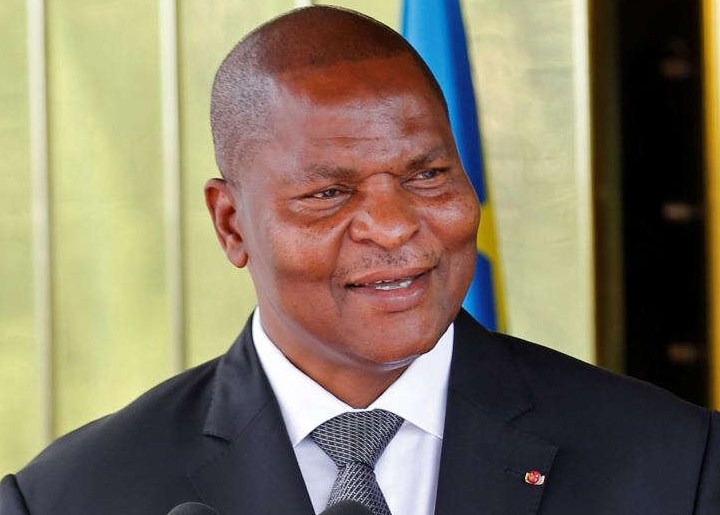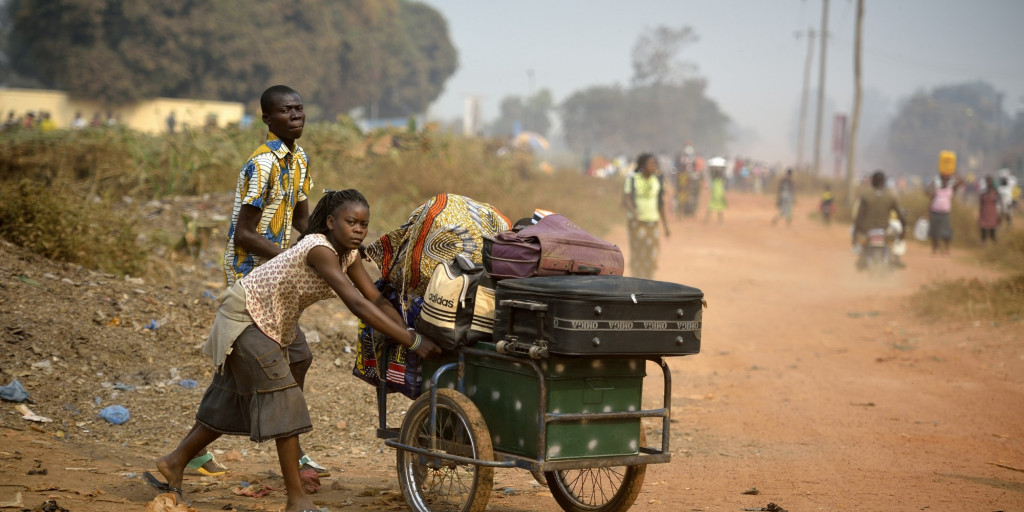The Central African Republic’s elusive pursuit of peace

BY JIBRIL TURE
Bringing back peace in the war-torn Central African Republic was the number one priority of presidential candidate Faustin-Archange Touadera during the hard-fought campaign that led to his victory in March 2016. However, one year later, large segments of the territory are still out of his government’s control, which obstructs the efforts by the frustrated head of state to reunite the country and rebuild its economy.
The quest for peace in the Central African Republic didn’t start with President Touadera. One of the landmark achievements in the process in recent years were the peace agreements of early 2015—prior to Touadera coming to power—from which much was expected. Building on the process, Touadera, upon taking charge in March 2016, made clear his determination to disarm the various militia as the prerequisite for bringing the entire country under government’s control; ensuring the return of his fellow-citizens who were driven out of their homes or literally into exile by the violence; restoring the school and health systems; rehabilitating the country’s crumbling—if not destroyed—infrastructure, all for the sake of restoring the long-lost environment conducive to rebuilding the economy.

One year later, however, security is still an elusive pursuit, as no fewer than 14 armed groups are still active in the country, with the government controlling less than half of the territory. Shockingly enough, some of the armed groups comprise foreigners from Chad, the Democratic Republic of Congo, Cameroon and others who operate where the minefields are. They not only pillage the diamond and gold ore, they also engage in arms trafficking, and do so in total confidence.
The so-called Disarmament, Demobilization, Re-insertion and Repatriation program, DDRR, launched in 2015 is yet to bear fruit. The idea of offering monetary compensations to the warlords has proved an exercise in futility, as such compensations are mere peanuts compared to the revenues they derive from their illegal activities.
As the security nightmare lingers on, only a tiny portion of the Central African population in exile, out of the total of 450,000, has so far returned home.

The Touadera government can’t even think of using the Central African Army to end this lawlessness, as the army is virtually a non-entity. However, efforts are underway to bring the army back to life thanks to a European Union initiative that involves training two battalions—1,500 soldiers total—by the end of 2017.

Meanwhile, President Touadera has not relented in his efforts to seek the support of the international community in other areas. The efforts climaxed in his being able to secure, this past November, a pledge of $2.2 billion (2.06 billion euros) from international donors gathered at the European Union’s headquarters in Brussels.
TO GET THE FULL MEASURE OF PRESIDENT TOUADERA’S ALL-OUT EFFORTS, READ OUR EXTENDED REPORTING ABOUT THE CENTRAL AFRICAN REPUBLIC HERE AND IN THE NEXT PAPER EDITION OF “THE AFRICAN.”


